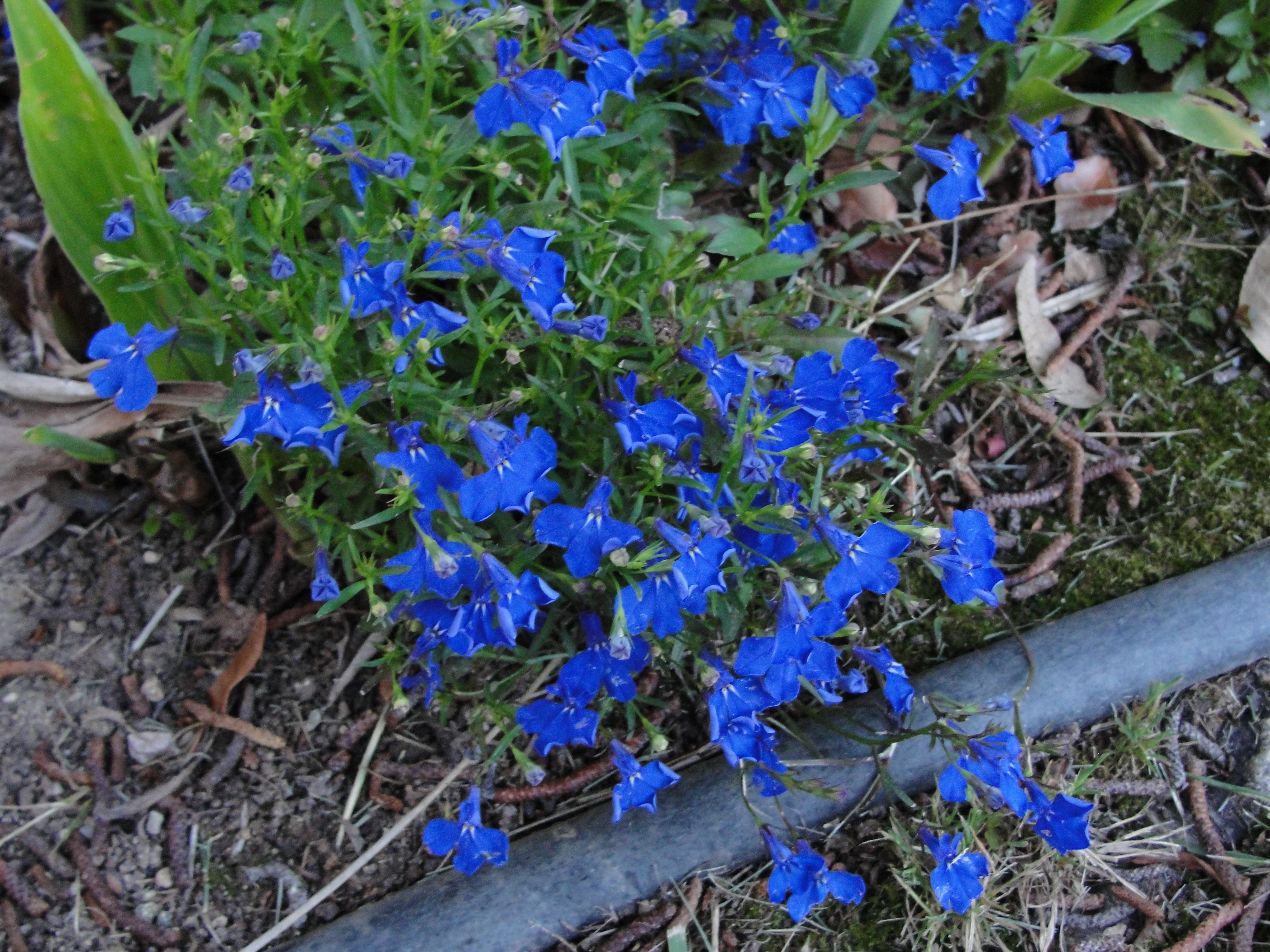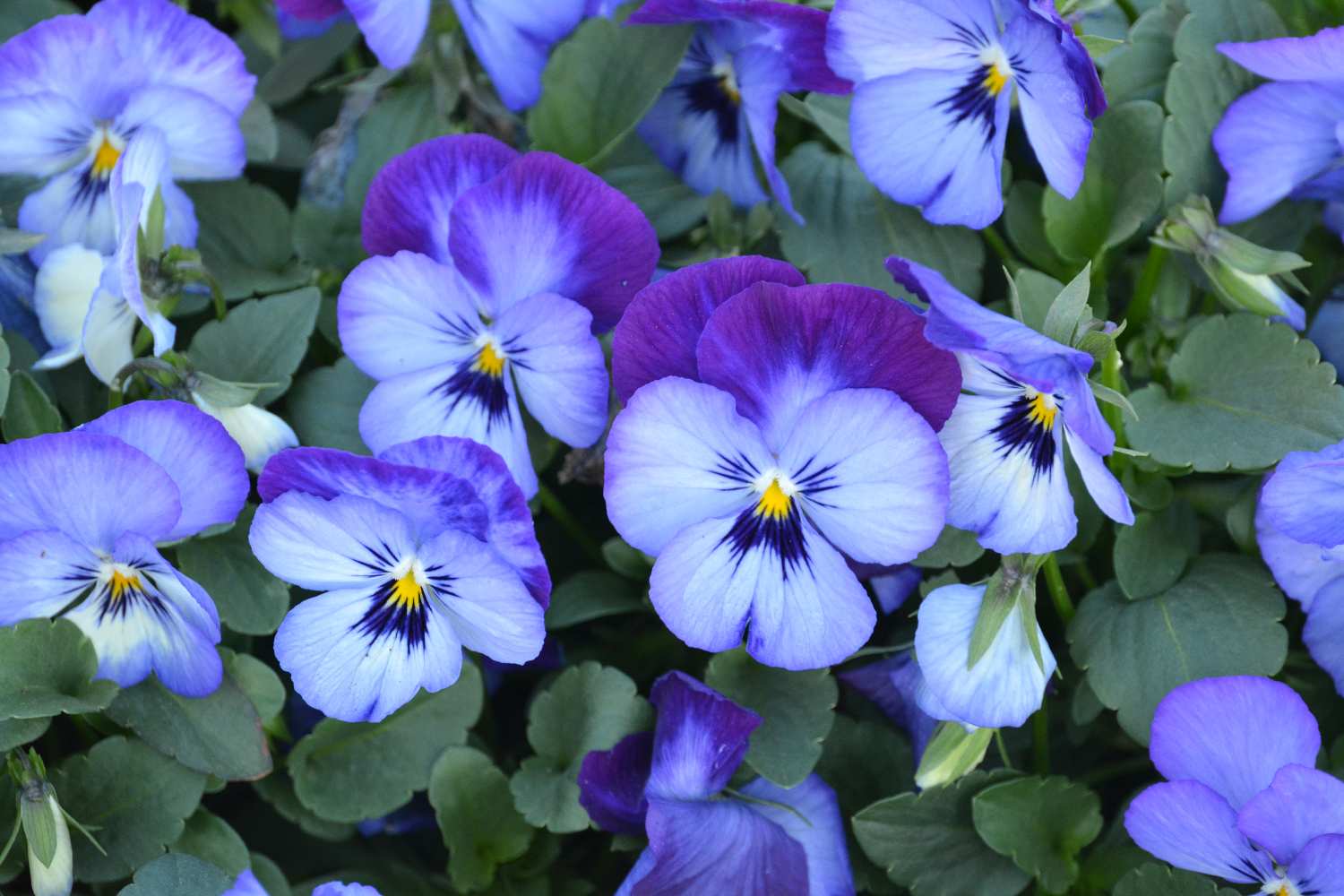

Pansies in this series bloom starting in the early spring and through the summer. Sow seeds indoors 12-14 weeks before your average last frost date and they’ll stun visitors to your garden with their colorful blooms in 91-98 days. Hardy in Zones 4-10, these flowers will thrive in moist yet well-drained soil.

These plants mature into a four- to six-inch-tall mound and spread six to eight inches, making them a nice choice for a window box or planting along a walkway.Īs a dwarf variety, keep in mind that other flowers may soar above the glorious blooms of cultivars in the Delta™series, stealing precious sunshine. You can find these two-inch tricolored blooms in signature colors including ‘Pure Lemon,’ ‘Pure Red,’ ‘Orange Blotch,’ and ‘Neon Violet.’ Delta™ ‘Pure Red’ x wittrockiana) is a hybrid likely to suit any pansy grower’s fancy. Deltaĭelicate in bloom but bold in color, the Delta™ series ( V. If you are growing them from seed, for best results you’ll want to sow them indoors in loose, well-draining soil for transplant into the garden. They are annuals unless otherwise specified.
#Blue purple flowers full#
Pansies prefer either full sun or partial shade. Most pansies are at least bicolored, and many boast three stunning shades on each blossom. Pansies are an excellent choice for your garden with their bright array of colors and large, velvety blooms. We’ve also added links to our trusted affiliates where you can purchase seeds or transplants. We’ll begin with flashy, colorful pansies before moving on to the more delicate violas, and finishing with the wildflower violet species. The Best 39 Violet Varietiesįor your convenience, we’ve divided this roundup into three parts according to each type of Viola. They make a stunning statement in any garden, and with our 39 varieties (plus three extra mixes, if you can’t quite decide on your favorite), you’re sure to find more than one to suit your fancy. odorata, which you’ll learn about below, and delicately gorgeous. All are lovely to behold and have been praised in literature for centuries.Īh, the faithful violet! Tiny, sweet-scented in the case of V.

And yes, you can absolutely grow them in your garden! They: So don’t feel bad if you get a little confused.Īnd be heartened by how easy it is to tell violets apart from pansies and violas, once you know what to look for. Something important to note is that violas are often mislabeled as pansies in nurseries and garden centers. Can be annuals, biennials, or sometimes perennials.Have three petals pointing down and two pointing up.Are smaller than pansies, at 3-8 inches tall, but bigger than violets.Plants will grow from six to twelve inches tall.Blossoms will often have blotched faces.Four petals point upward, one petal points down.
#Blue purple flowers how to#
Let’s break this down so that you know how to tell them apart, beginning with pansies, which are the easiest to distinguish from the other two. As a result of this work, he became known as the “Father of the Bedding Viola.”Īnd then there are those known as “violets,” which are the wildflowers, and encompass a number of different botanical species. These were originally cultivated in the late 19th century by James Grieve, a nurseryman at Dickson Nursery, in Edinburgh, Scotland. tricolor, although many have been further crossed with other species such as V. You can learn more about pansies in our growing guide.įlowers labeled “viola” are also hybrids of V. In the late 19th century, Swedish botanist Veit Brecher Wittrock started crossing V. tricolor – also known as Heartsease.Ĭultivated enthusiastically by gardeners since the 18th century, the garden pansy boasts a wide variety of colors and usually has a characteristic “blotch” on the face of the flower. The first thing to note is that the Viola genus, part of the Violaceae family, comprises all of the species and cultivars that we call violets, violas, and pansies.Īll flowers labeled “pansy” that are sold today are cultivated hybrids and subspecies of the original wild species V. Violas, violets, and pansies, oh my! There’s nothing quite so perplexing as trying to figure out the difference between these three lovely blossoms.īut there are differences, and after reading this quick primer, you’ll know them by heart.


 0 kommentar(er)
0 kommentar(er)
